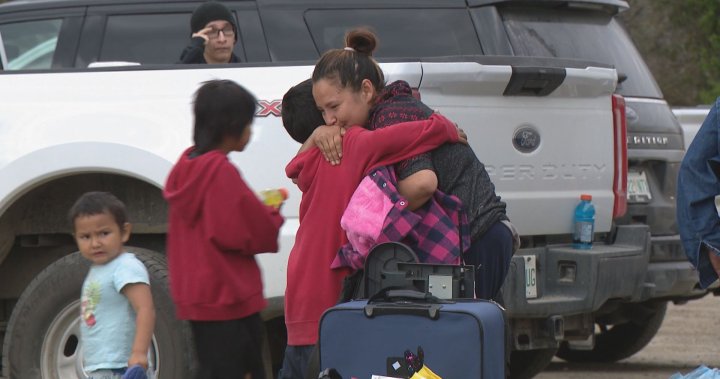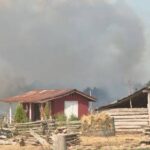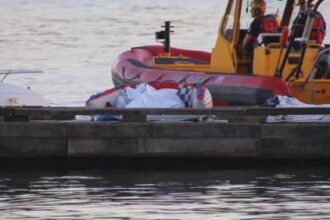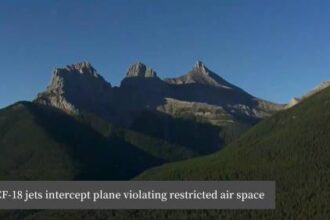After weeks of uncertainty and displacement, residents of Île-à-la-Crosse are finally returning home as wildfire conditions in northern Saskatchewan show significant improvement. The community, located approximately 450 kilometers northwest of Saskatoon, had been under evacuation orders since early July when advancing wildfires threatened the safety of its 1,300 residents.
“The feeling of coming back home is indescribable,” said Marie Lavallee, a lifelong resident who spent three weeks staying with relatives in Prince Albert. “We’ve been watching updates constantly, praying for rain and for our firefighters. To finally drive back into town and see our homes still standing—there are no words.”
According to provincial wildfire management officials, cooler temperatures and recent rainfall have helped firefighting crews gain the upper hand on the blaze that came within five kilometers of the community. Saskatchewan Public Safety Agency spokesperson Cara Wilkinson confirmed that containment lines have held successfully, with the fire now classified as “being held” rather than “out of control.”
“While we’re not declaring victory yet, the immediate threat to Île-à-la-Crosse has diminished significantly,” Wilkinson stated during yesterday’s provincial briefing. “Crews will remain in place monitoring hotspots and strengthening containment barriers.”
The evacuation, which began on July 2, dispersed residents across several communities including Saskatoon, Prince Albert, and La Ronge. Local authorities coordinated with the Red Cross to provide temporary housing, food vouchers, and essential supplies during the displacement.
Mayor Duane Favel expressed profound gratitude toward emergency responders and neighboring communities that opened their doors to evacuees. “This has been a challenging time, but also one that demonstrated the incredible resilience of northern communities and the spirit of Saskatchewan people helping one another,” Favel told CO24 News.
The return home isn’t without complications. Residents have been advised to dispose of refrigerated food items and thoroughly clean homes affected by smoke damage. Local health authorities are monitoring air quality, which remains variable depending on wind conditions and fire activity in more distant areas.
Northern Saskatchewan has experienced an unusually active wildfire season, with provincial statistics showing nearly double the five-year average for hectares burned by this point in summer. Climate scientists at the University of Saskatchewan have linked the increased wildfire activity to climate change patterns affecting the boreal forest region.
“What we’re seeing in northern Saskatchewan is consistent with climate change projections,” explained Dr. Emily Thornton, climatologist at the University of Saskatchewan. “Warmer, drier conditions create perfect conditions for more frequent and intense wildfire events, particularly in our northern forests.”
For Île-à-la-Crosse, the focus now shifts to recovery and preparation. Town council has announced plans to review emergency response protocols and invest in additional firefighting equipment. Community members are organizing cleanup efforts and supporting those whose properties sustained damage.
Fourteen-year-old Jacob Morin, who returned with his family yesterday, perhaps summarized the community sentiment best: “It feels different coming back. You look at everything differently. My dad says we need to be better prepared next time, but also that we should be proud of how everyone stuck together.”
As wildfire season continues across Western Canada, how will northern communities balance immediate recovery with long-term adaptation to changing climate conditions that make such disasters increasingly common?






















